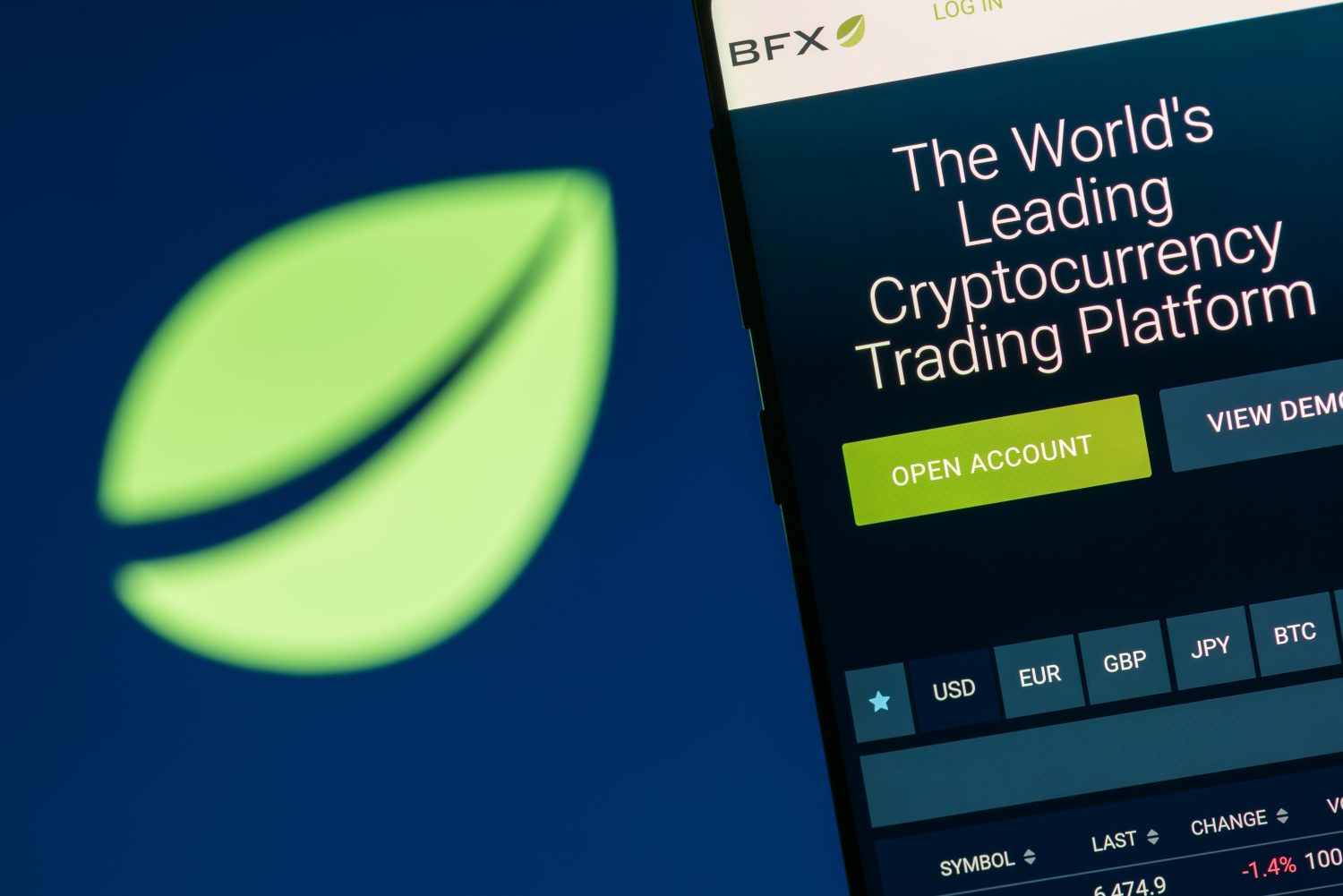Into the Unknown: No Limit on Fed Money Injections
Printing press image via Shutterstock
The Federal Reserve pledged Monday to buy bonds in an unlimited quantity while allocating at least $300 billion to new emergency-lending programs. These measures are being taken as Wall Street reels from fresh predictions of a steep drop-off in economic output due to coronavirus-related lockdowns, business disruptions and job losses.
“The coronavirus pandemic is causing tremendous hardship across the United States and around the world,” the central bank said in a statement on its website. “Aggressive efforts must be taken across the public and private sectors to limit the losses to jobs and incomes and to promote a swift recovery once the disruptions abate.”
The expanded liquidity injections signaled the Fed’s willingness to go beyond even the already-dramatic steps taken in recent weeks to keep traditional Wall Street stock and bond markets from convulsing. In a previously unscheduled meeting on March 15, policymakers led by Chair Jerome Powell slashed short-term interest rates close to zero, just days after pledging to inject $1.5 trillion into the financial system via short-term loans to Wall Street dealers.
The latest announcement, made early in the U.S. day, came after overnight trading in Asian markets and futures contracts were indicating the S&P 500 Index was headed for another steep drop. Investor confidence was further eroded by U.S. lawmakers’ failure to reach agreement late Sunday over a proposed $1.8 trillion aid package.
Yet, even with the latest pledge of support from the Fed, the S&P 500 was down about 2.8 percent in early trading on Monday.
Bitcoin (BTC), viewed by some cryptocurrency investors as a hedge against the inflationary pressures from central bank money-printing, climbed 7.3 percent to a price of $6,272 as of 13:31 UTC (9:31 a.m. in New York). The move trimmed bitcoin’s year-to-date loss to 13 percent, less than half of the S&P 500’s 31 percent loss so far in 2020.
Using the 2008 playbook
With the new round of emergency-lending programs, the Fed has now undone nearly all of its efforts to “normalize” financing conditions following the unprecedented actions taken during the 2008 financial crisis. In that era, the Fed also cut rates close to zero and provided some $1.2 trillion of secret emergency financing to the world’s largest banks, on top of the $700 billion Troubled Asset Relief Program (TARP) bailout package approved by lawmakers.
In Monday’s statement, the Fed said new emergency-financing programs of up to $300 billion would support borrowing by employers, consumers and businesses. The Treasury Department will provide $30 billion of equity for the new programs, indicating taxpayers would take the first hit from any defaults before the central bank suffered any losses.
The Fed also said it would start buying bonds backed by commercial mortgages as part of a previously announced pledge to purchase Treasury bonds and residential mortgage-backed securities.
Previously the central bank had allocated $700 billion to the asset purchases, but those purchases now will be made “in the amounts needed to support smooth market functioning,” according to the statement.
And in keeping with Powell’s recent pledge to use emergency programs hatched during the 2008 financial crisis, the central bank rolled out a series of lending initiatives to support bonds backed by student loans, auto loans, credit card loans, small business loans and “certain other assets.”
New credit facilities
A new Primary Market Corporate Credit Facility, or PMCCF, will be set up to help finance new bond and loan issuances. A Secondary Market Corporate Credit Facility will provide liquidity for outstanding corporate bonds.
“The PMCCF will allow companies access to credit so that they are better able to maintain business operations and capacity during the period of dislocations related to the pandemic,” the central bank said. The program will provide four-year loans, and borrowers may elect to defer interest and principal payments during the first six months, extendable at the Fed’s discretion.
A recently revived fund to support money-market mutual funds will now include bank certificates of deposit and a special type of instrument known as “variable-rate demand notes” used to provide financing to municipalities.
The Fed added that it would “soon” establish a Main Street Business Lending Program to support lending to small and medium-size businesses.
The Fed’s monetary-policy committee, consisting of presidential appointees and a selection of the top executives of the central bank’s regional branches, is set up as an independent government entity with so-called lender-of-last-resort powers. That means it has the wherewithal to provide freshly printed money to banks when other funding sources dry up.
The Fed committee typically meets in secret, with full transcripts of meetings released only years afterward. The structure gives the central bank leeway to act quickly to provide stimulus, though it also opens up policymakers to after-the-fact scrutiny and criticism — including suggestions large-scale money-printing might eventually stoke runaway inflation.
Treasury Secretary Steven Mnuchin said in a separate statement he authorized the new Fed emergency-lending funds along with the expansion of the previously announced programs.
“This administration is working with the Federal Reserve and will continue to take aggressive action to address liquidity issues,” Mnuchin said.
Disclosure Read More
The leader in blockchain news, CoinDesk is a media outlet that strives for the highest journalistic standards and abides by a strict set of editorial policies. CoinDesk is an independent operating subsidiary of Digital Currency Group, which invests in cryptocurrencies and blockchain startups.









